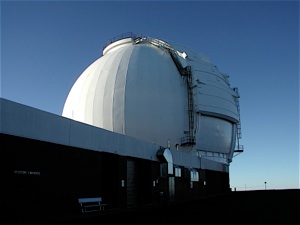MPhys C1 Astrophysics 2022/2023

C1 covers a representative range of topics in modern astrophysics, each one lectured by a specialist in that particular area. You will study the evolution of low- and high-mass stars and their demise as white dwarfs, neutron stars or black holes after appearing as red giants, planetary nebulae or supernovae. Your knowledge of atomic physics will be extended to astronomical spectroscopy for the measurement of the physical properties of gaseous nebulae and stellar atmospheres. Extreme physical conditions are found in some astronomical objects, and these will be explored through accretion and jet outflows in compact objects and active galactic nuclei and through continuum processes and high energy radiation. The development of the early universe and the growth of structures to the stars and galaxies that we see today will bring you up to date with current cosmological models. Astronomy is a dynamic field, and in many places the lectures will take you right to the edge of our present knowledge.
Here are the slides on C1 from the Major Options introductory talks.
Julien Devriendt, C1 course coordinator - astroc1@astro.ox.ac.uk
W.M. Keck Observatory, Mauna Kea, Hawai`i
